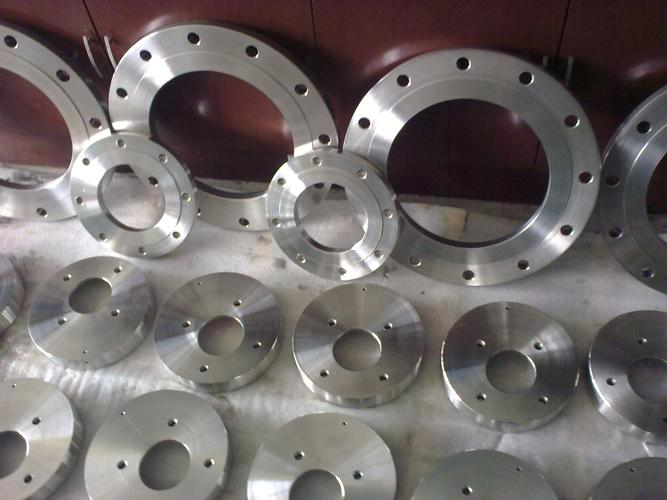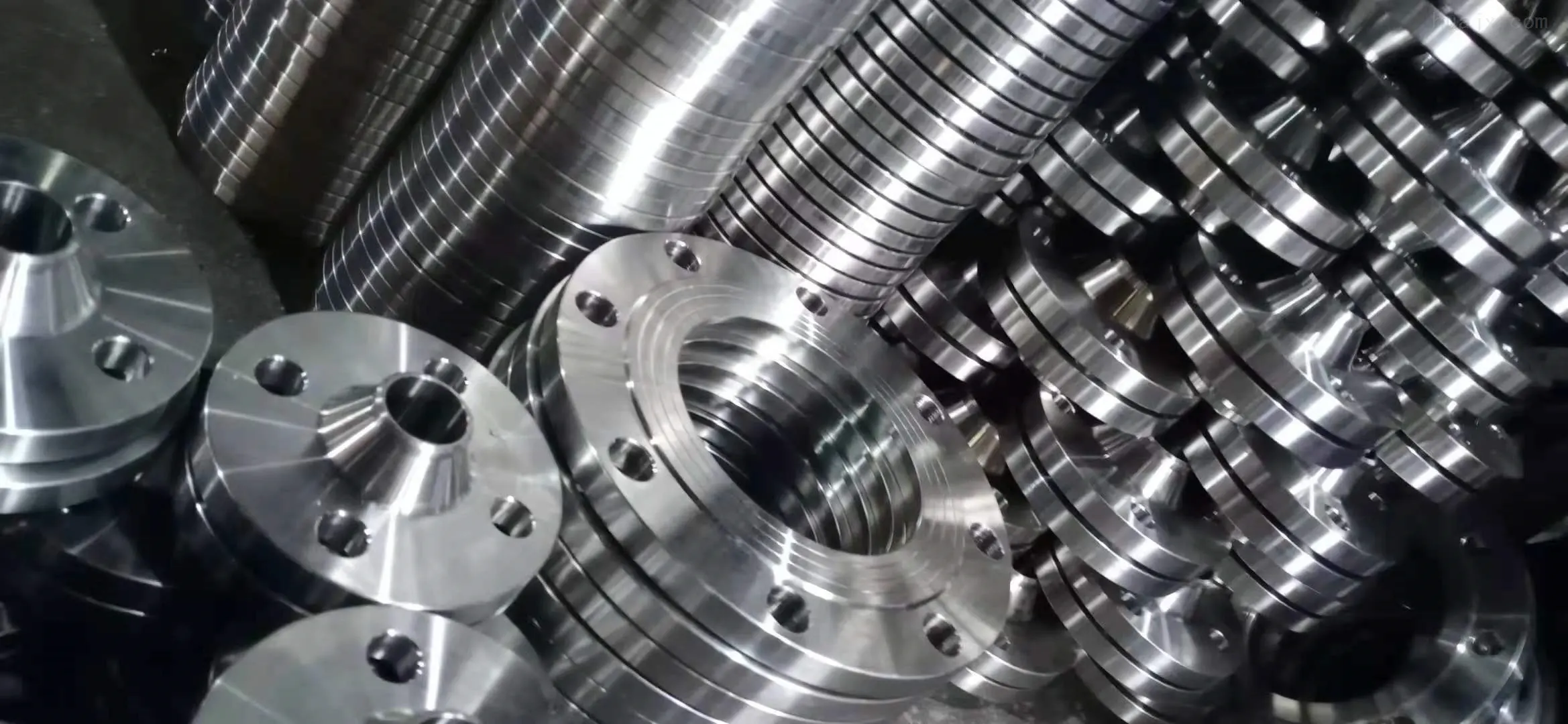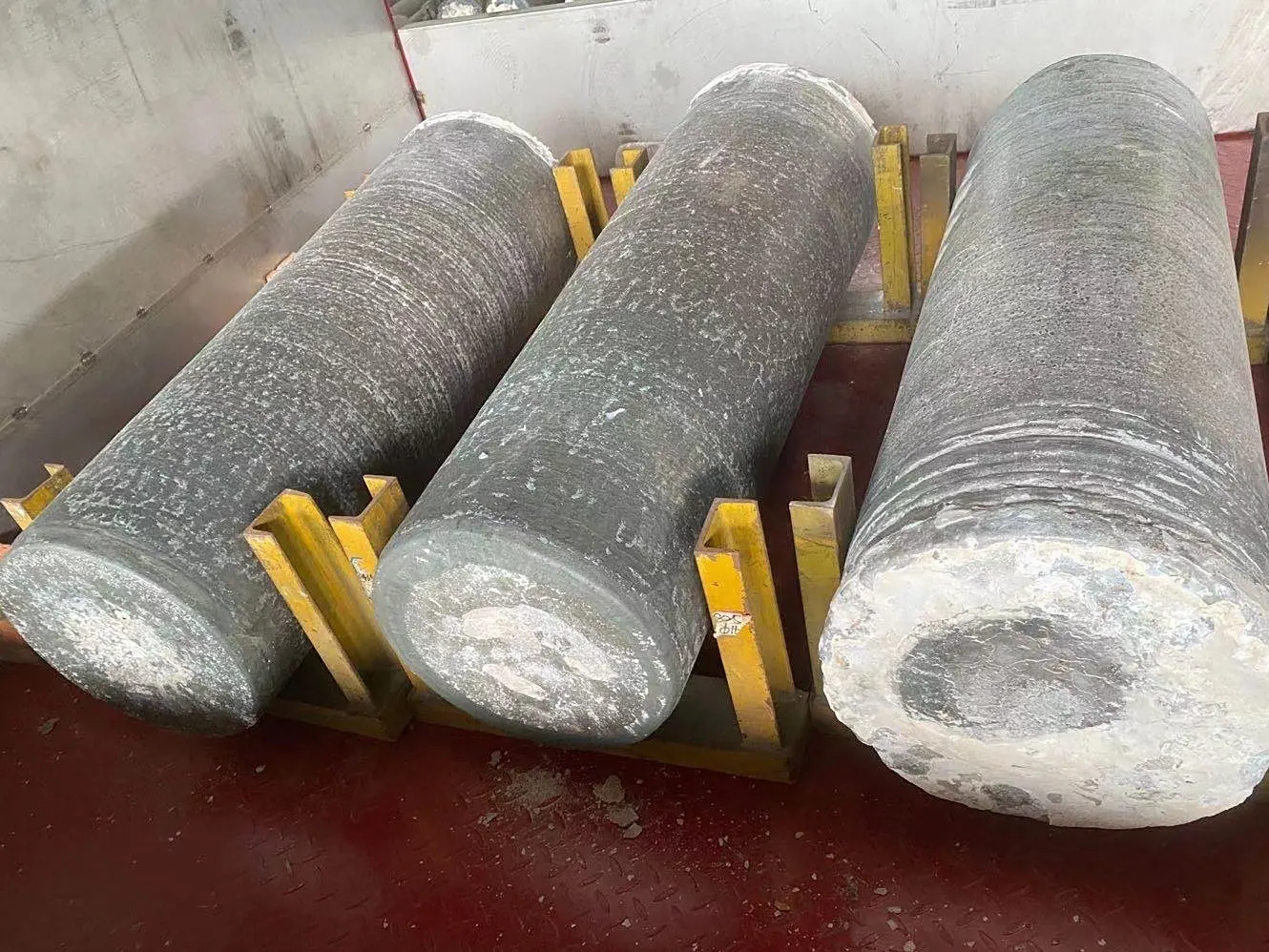Aluminium vs Titanium Flange. Which is better for your project? Choosing the right flange is crucial. You may consider using a plain brida de acero inoxidable. However, some applications are more demanding. You need to carefully weigh up the various specialist options. This means considering solutions with aluminium flanges o titanium flanges.
Understanding Specialized Flange Materials
Flanged joint pipe fittings. They provide secure, leak-proof joints. Stainless steel fittings are often the standard choice. They offer good strength and corrosion resistance. However, certain conditions require superior performance. This is where aluminium and titanium flanges come in. Each material offers unique advantages.
- Aluminium flanges: These are known for their light weight. They resist corrosión atmosférica very well. They are suitable for applications where weight reduction is required. Often connected to aluminium tubes or lightweight systems.
- Titanium flanges: They are extremely resistant to corrosion. Extremely strong. They work reliably in very ambientes corrosivos. They can be connected to critical piping, usually titanium piping.
Obtenga el archivo PDF de Flange
Aluminium vs Titanium Flange: Key Decision Factors
When it comes to the topic of “Aluminium vs Titanium Flange”, several factors guide your choice. These elements directly impact performance and cost.
Aluminium excels in atmospheric exposure. It resists many common chemicals. Titanium, however, has greater resistance to corrosion. It resists seawater, chlorides and highly oxidising acids. Please consider specific corrosive media.
Aluminium weighs significantly less per unit volume. This reduces the weight of the entire pipework system and also simplifies installation. Titanium is lighter than steel, but heavier than aluminium. Please evaluate your weight reduction goals precisely.
Aluminium flanges are suitable for medium temperatures and perform well at approximately 200 degrees Celsius. Titanium flanges can withstand higher temperatures and maintain integrity in harsh thermal conditions. Please consider your operating temperature range.
Titanium is extremely strong and can withstand very high pressures. Aluminium has a good strength-to-weight ratio and is suitable for lower pressure applications. Select flanges according to the pressure requirements of the system.
Aluminium flanges are typically more cost effective upfront, providing a good balance between performance and price. Titanium flanges have a higher initial investment, but their long-term durability can justify the cost.
Performance Comparison: Aluminium vs Titanium Flange
| Característica | Brida de aluminio | Brida de titanio |
|---|---|---|
| Densidad | Lower (Light) | Higher (Strong) |
| Corrosión | Atmospheric, Mild | Extreme, Seawater |
| Temperatura | Moderate | Alta |
| Fuerza | Good (Weight Ratio) | Excellent |
| Coste | Lower | Más alto |
Typical Applications: Where Each Flange Shines
| Tipo de brida | Aplicaciones comunes | Role in Piping Systems |
|---|---|---|
| Brida de aluminio | HVAC systems, light industrial piping, instrumentation, freshwater | Connects aluminum pipes, lightweight branches, low-pressure lines. |
| Brida de titanio | Seawater systems, chemical processing, aerospace, medical, offshore | Connects titanium pipes, handles aggressive acids, high-pressure critical lines. |

Integrating with Stainless Steel Pipe Systems
Standard stainless steel fittings are common. They include butt weld, forjado, soldadura por encastre y threaded types. Excellent in many applications. However, the choice of aluminium vs titanium flanges is critical for specific niches.
- Aluminium with Stainless Steel: An aluminium flange might connect a lightweight aluminum line. This line could carry cooling water. It then connects to a stainless steel section for process chemicals. This reduces overall system weight where possible.
- Titanium with Stainless Steel: A titanium flange replaces stainless steel fittings. This happens in extremely corrosive sections. Think of areas exposed to strong chlorides or hot acids. These sections might otherwise use specialized tubos de acero inoxidable. Titanium ensures the entire connection survives.
Aluminium vs Titanium Flange : Choose Wisely
The choice between aluminium or titanium flanges has far-reaching implications. It depends on the unique needs of the piping system project. Aluminium offers a lightweight, cost-effective solution for moderate conditions. Titanium offers unmatched corrosion resistance and strength for extreme environments. Both are superior to standard stainless steel in their specific areas. By understanding their advantages, you can make more informed purchasing decisions. Ensure the longevity and efficiency of critical pipework Invest in the right flange for long-lasting performance. Of course if you need to, feel free to contacto con nosotros and let us help you choose the best flanges for your pipework.
Puede que también quiera leer:
¿Qué es una junta de brida?
Mastering Flange in Oil and Gas for Peak Performance!
Contacto
- RM901 No.22 Tangjiaqiao Road Wenzhou China
- +86 577 8551 1171
- [email protected]
- https://www.kaysuns.com/



